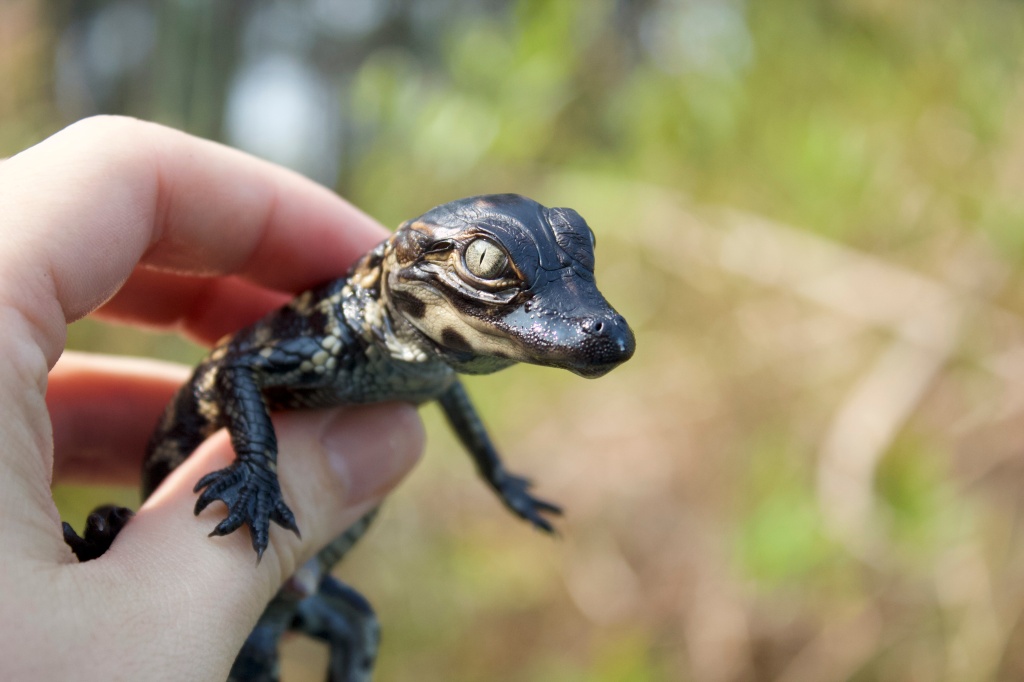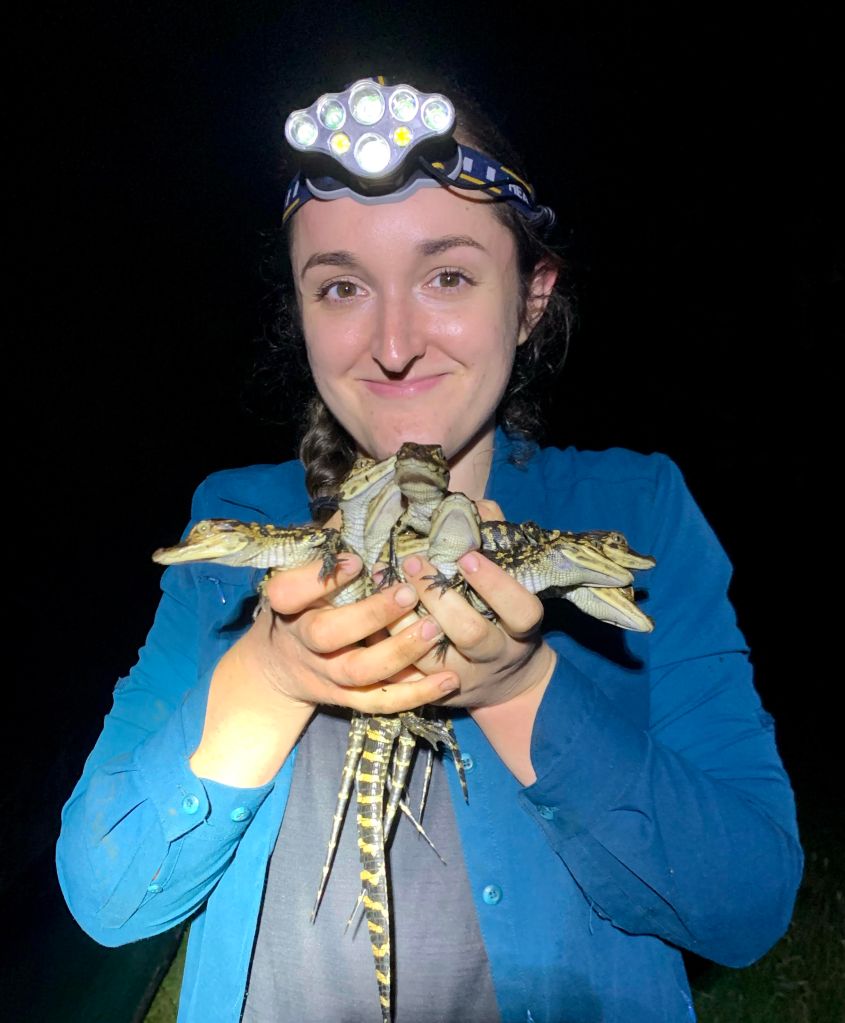In this blog post, Samantha Bock, a post-doctoral researcher, discusses her study “Differential early-life survival underlies the adaptive significance of temperature-dependent sex determination in a long-lived reptile“, which has been shortlisted for Functional Ecology’s 2023 Haldane Prize for Early Career Researchers.
About the paper:
The temperature an animal experiences during development can determine whether it becomes female or male in many reptiles and some fishes. This phenomenon, known as temperature-dependent sex determination (TSD), has fascinated and perplexed evolutionary biologists since its initial discovery over 50 years ago. In particular, the question of why such a system could be evolutionarily favoured has remained a mystery. Recently, a group of researchers posed a hypothesis that TSD is evolutionarily favoured when two conditions are met: (1) developmental temperature influences early-life survival and (2) females and males reach sexual maturity at different ages. Under these conditions, if males mature later than females, males benefit disproportionately from developmental temperatures that confer increased survival because they must reach older ages to reproduce. TSD would then provide an adaptive advantage by allowing mothers to preferentially produce sons at temperatures resulting in increased survival.
In this study we assessed evidence for the ‘survival-to-maturity’ hypothesis for the adaptive value of TSD in the American alligator. Male alligators do not begin reproducing until they are old enough to defend a territory, whereas females begin reproducing nearly a decade earlier. Therefore, we predicted male-promoting temperatures would result in increased early-life survival if TSD confers an adaptive advantage in this species. To test this, we collected eggs from wild nests and artificially reared them at male- or female-promoting temperatures. We then marked and released resulting hatchlings and assessed their survival by conducting recaptures throughout their first year of life. Sure enough, hatchlings from the male-promoting temperature were more likely to survive than hatchlings from the female-promoting temperatures. Interestingly, hormonally-induced females from male-promoting temperatures survived similarly well to their male counterparts suggesting that developmental temperature rather than sex drives differences in survival.

This study was a challenging undertaking. Measuring survival of wild animals is especially tricky. When we released our first cohort of alligator hatchlings back into the wild after carefully rearing them in the controlled laboratory environment over the past few months, we had no idea if we would ever see them again. Roughly a month after release, we ventured into the swamp with canoes at night in hopes of catching at least one of our released hatchlings. Fortunately for us, we glimpsed the shine of multiple pairs of tiny eyes in the light of our headlamps as a pod of our hatchlings floated on the surface of the water. To our surprise, we were able to catch more than a third of the hatchlings we released the first year. With this knowledge, our team continued this project over the next three years, rearing two additional hatchling cohorts, and conducting monthly recapture efforts to amass a powerful dataset. Our results support the adaptive value of TSD in the American alligator and underscore the potential of the “survival-to-maturity” hypothesis to explain the persistence of TSD in reptiles more broadly, shedding light on a fundamental evolutionary mystery.


About the author:
I am fascinated by the ways the environment shapes patterns of diversity in organismal form and function. I grew up in Eugene, Oregon and as a high school student, I had an opportunity to work as an intern in a lab at the University of Oregon studying the effects of climate change on prairie plant communities in the Pacific Northwest. This experience was my first exposure to scientific research and showed me a career path I didn’t previously know existed. I loved getting to learn about the ecosystems I grew up around and was inspired to pursue a degree in biological sciences as I glimpsed the potential of future environmental change to profoundly change these landscapes.

In college, my interests expanded towards understanding the underlying mechanisms by which environmental variation shapes the ways organisms live. While pursuing my Bachelor of Science in Biology at Cal Poly – San Luis Obispo, I studied the effects of temperature on the reproductive endocrinology of a eurythermal fish with an incredible range of thermal tolerance, the sheepshead minnow, under the direction of my mentor, Dr. Sean Lema. This work deepened my passion for exploring the interface of the environment and physiology. I became especially interested in the roles of hormones in mediating physiological responses to environmental change. When the opportunity arose to study these processes in a developmental context, I jumped at the chance and began my doctoral degree at the University of Georgia studying temperature-dependent sex determination in the American alligator, under the direction of my dissertation advisor, Dr. Ben Parrott. My doctoral research allowed me to pursue exciting and varied research questions – from what ecological factors influence nest temperatures, how might nest temperatures change in the future, and what are the roles of hormones in establishing divergent developmental fates in response to temperature? I enjoyed getting to split my time between the lab, the field, and the computer, and getting to work with a group of passionate, hard-working people.
I’m currently working as a postdoctoral researcher pursuing research questions related to how the environment shapes life history variation within and across species and identifying molecular markers of age in different species of sharks and rays. I would advise students to follow your individual passions, embrace the fun of the scientific process, hold your goals with a firm but flexible grip, and find mentors that inspire you. Outside of my work, I enjoy running, exploring different art mediums (e.g., painting, crochet, etc.), and playing with my cat!
If you’re interested in learning more about the science my colleagues and I are up to, check out our website at http://www.parrottlab.com!

